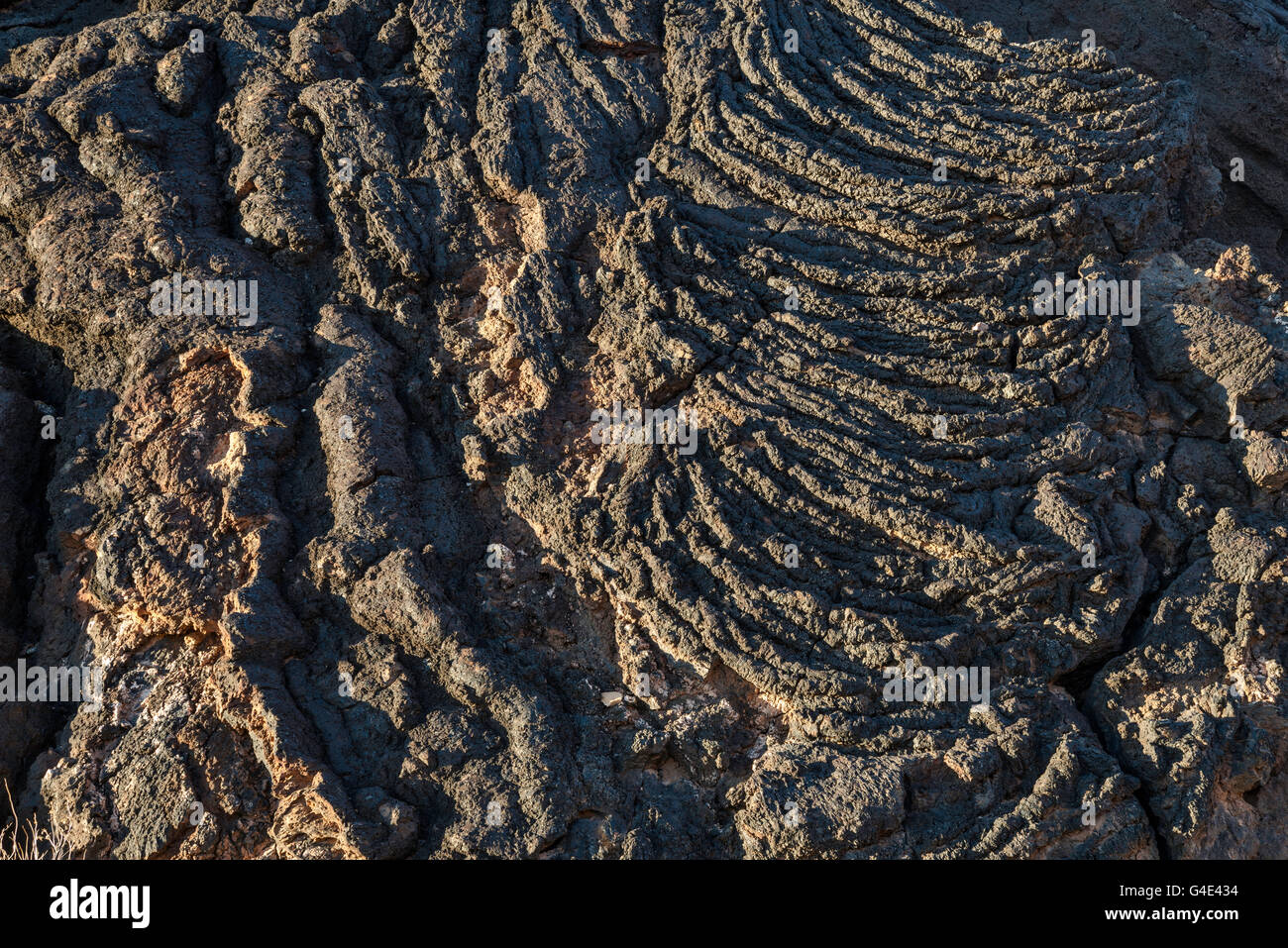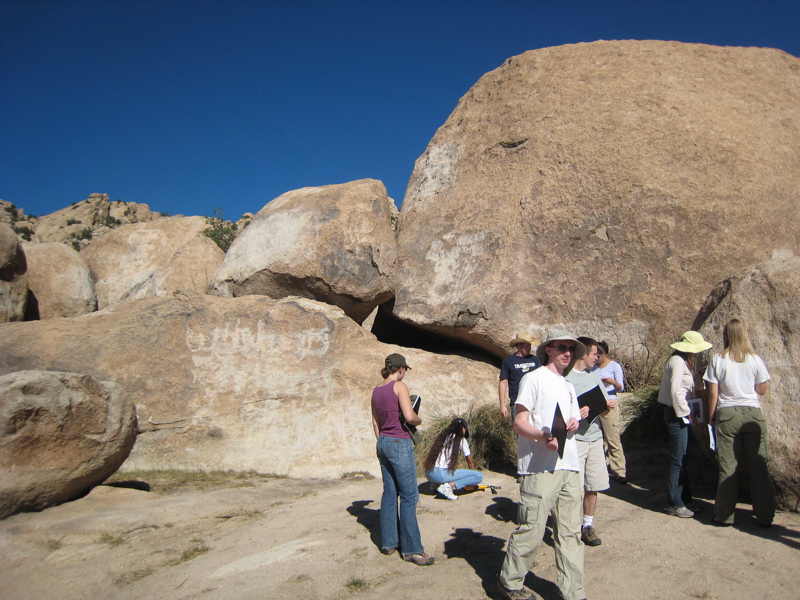

The sparsely vegetated lava flow filling a broad valley is the Carrizozo lava flow, which was erupted from a low shield volcano topped by the Little Black Peak cinder cone. Photo by Lee Siebert, 1999 (Smithsonian Institution). These structures sometimes grade into elongated features called pressure ridges.
#Carrizozo lava flow crack
Tumuli form when brittle crust buckles to accommodate the inflating core of the flow, thus creating a central crack along the length of the tumulus. This massive tube-fed pahoehoe flow displays abundant evidence of inflation features such as tumuli, pressure ridges, and lava pits.

Slabs of basaltic pahoehoe lava are tilted along a pressure ridge of the Carrizozo lava flow in New Mexico. Highway 380 cuts across the northern part of the Carrizozo lava flow, providing access to the flow. Lava flow textures such as these are formed when molten lava continues to flow underneath the cooled plastic skin, causing the surface to bunch up or wrinkle into a form that resembles coiled rope. Cambridge, England: Cambridge Univ Press, 354 p.įractures cut the surface of a roughly 5000-year-old ropy pahoehoe lava flow in south-central New Mexico. Mineral resources of the Little Black Peak and Carrizozo Lava Flow wilderness study areas, Lincoln County, New Mexico. Stoeser D B, Senterfit M K, Zelten J E, 1989. Emplacement of the 75-km-long Carrizozo lava flow field, south-central New Mexico. IAVCEI Data Sheets, Rome: Internatl Assoc Volc Chemistry Earth's Interior. Cosmogenic 36Cl-determined age of the Carrizozo lava flows, south-central New Mexico. The following references have all been used during the compilation of data for this volcano, it is not a comprehensive bibliography.ĭunbar N, 1999. An older lava flow traveled 16 km S and 11 km E from Broken Back crater. A surface exposure age of about 5200 BP was obtained for the Carrizozo lava flow, the second youngest in New Mexico. The flow was inferred to have been emplaced during a single long-duration eruption estimated to have lasted 2-3 decades. The 4.2 km 3 tube-fed pahoehoe flow covered 330 km 2 and has a width that ranges from 1 km in the central neck region to 5 km in the proximal and distal portions. The youthful-looking flow originated from a broad low basaltic shield on the floor of the Tularosa Basin, east of the Rio Grande Rift, topped by Little Black Peak, a small cinder cone. The massive Carrizozo lava flow, which traveled 75 km down the Tularosa Basin of south-central New Mexico, is one of Earth's longest known Holocene lava flows.


 0 kommentar(er)
0 kommentar(er)
